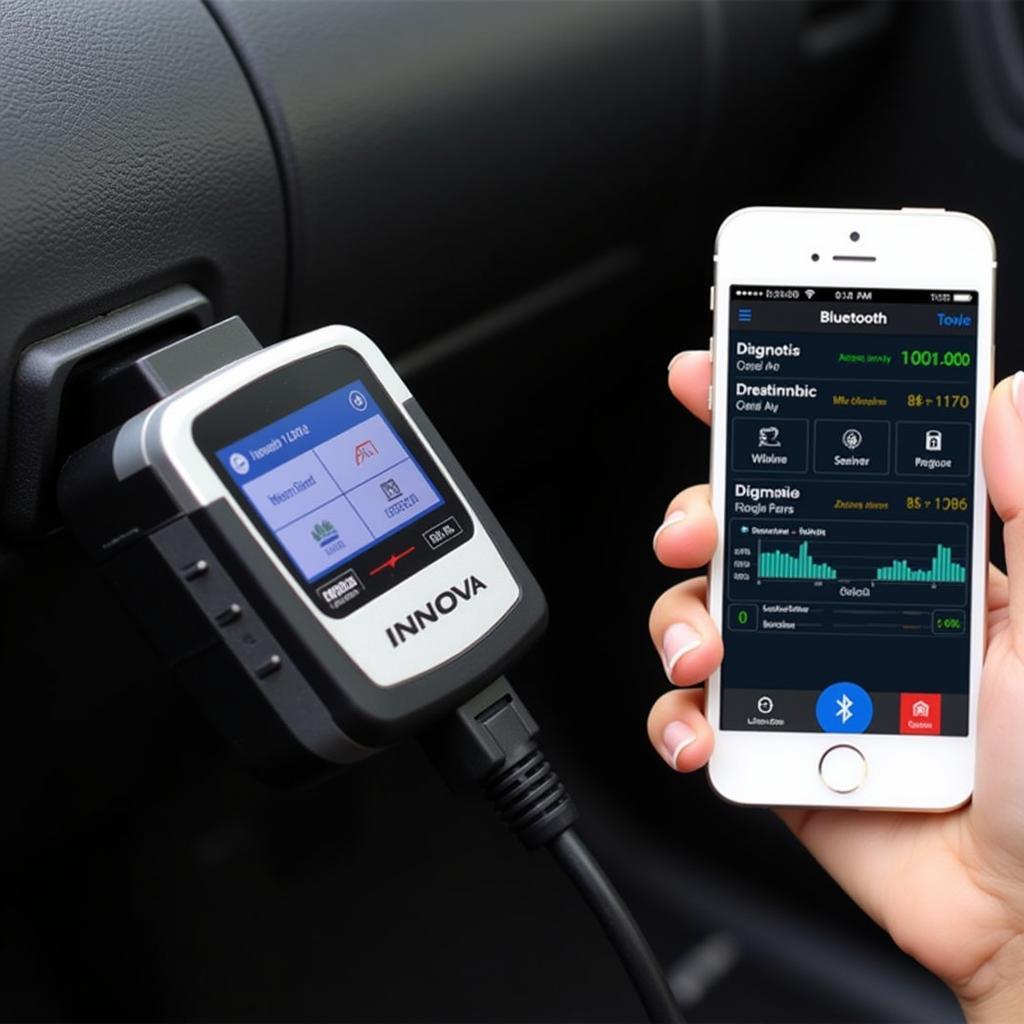The WSUS (Windows Server Update Services) client diagnostics tool is an invaluable resource for diagnosing and resolving Windows Update issues on client machines connected to a WSUS server in a Windows Server 2012 environment. This tool provides detailed information about the WSUS client configuration, update history, and error logs, enabling administrators and technicians to pinpoint and rectify update-related problems efficiently.
Understanding the WSUS Client Diagnostics Tool
The WSUS client diagnostics tool offers a comprehensive overview of the WSUS client’s health and functionality. It provides insights into various aspects, including:
- WSUS Server Connection: Verifies the client’s connectivity to the designated WSUS server, ensuring proper communication and update retrieval.
- Update History: Displays a detailed log of installed and failed updates, offering valuable clues for troubleshooting recurring issues.
- Error Logs: Captures and presents error codes and messages generated during the update process, aiding in identifying specific problems.
- Configuration Settings: Allows administrators to review and modify essential WSUS client settings, such as update schedules and proxy configurations.
Accessing the WSUS Client Diagnostics Tool
Accessing the WSUS client diagnostics tool is straightforward. Simply follow these steps:
- Press the Windows key + R to open the Run dialog box.
- Type “cmd” and press Enter to open the command prompt.
- In the command prompt window, type “wuauclt /detectnow /reportnow” and press Enter.
This command initiates an immediate check for available updates and generates a report in the Windows Event Log.
Interpreting WSUS Client Diagnostics Data
The WSUS client diagnostics tool logs information in the Windows Event Log, specifically under the “Windows Logs” > “Applications and Services Logs” > “Microsoft” > “Windows” > “WindowsUpdateClient” > “Operational” log.
Navigating through the log entries, you can find detailed information about:
- Date and Time: Each log entry is timestamped, providing a chronological order of events.
- Event ID: Each event is assigned a unique ID, allowing you to search for specific events or filter the log based on specific criteria.
- Source: Indicates the component or process that generated the event, such as the WSUS client or the Windows Update service.
- Level: Represents the severity of the event, ranging from information to error, indicating the potential impact on the update process.
- Description: Provides a textual explanation of the event, including error codes and messages that can help diagnose the issue.
Common WSUS Client Issues and Solutions
The WSUS client diagnostics tool can help diagnose and resolve a wide range of Windows Update issues. Here are some common problems and their potential solutions:
1. WSUS Client Not Connecting to the Server
Problem: The WSUS client is unable to communicate with the WSUS server, preventing update downloads.
Possible Causes:
- Incorrect WSUS server address or port configuration.
- Network connectivity issues.
- Firewall blocking WSUS traffic.
Solutions:
- Verify the WSUS server address and port settings in the client’s Group Policy or registry.
- Check network connectivity between the client and the server.
- Configure firewall rules to allow WSUS traffic (typically on port 8530 for HTTP and 8531 for HTTPS).
2. Updates Failing to Download or Install
Problem: Updates are either not downloading from the WSUS server or failing to install after download.
Possible Causes:
- Corrupted update files.
- Insufficient disk space.
- Software conflicts.
Solutions:
- Run the Windows Update troubleshooter to automatically diagnose and fix common update issues.
- Manually download and install updates from the Microsoft Update Catalog.
- Perform a clean boot to start Windows with minimal drivers and programs, eliminating software conflicts.
3. WSUS Client Reporting Incorrect Update Status
Problem: The WSUS client is displaying incorrect information about installed updates or available updates.
Possible Causes:
- Outdated WSUS client software.
- Corrupted WSUS client database.
Solutions:
- Install the latest WSUS client software updates.
- Reset the WSUS client database by following these steps:
- Stop the Windows Update service.
- Rename the “SoftwareDistribution” folder located in the “C:Windows” directory.
- Restart the Windows Update service.
“Regularly using the WSUS client diagnostics tool allows us to proactively identify and address potential update issues before they escalate into major problems. It’s an essential part of our WSUS management strategy.” – John Miller, Senior Systems Administrator at Tech Solutions Inc.
Conclusion
The WSUS client diagnostics tool is a powerful utility for troubleshooting Windows Update issues in a WSUS environment running Windows Server 2012. By understanding how to access and interpret the tool’s output, administrators and technicians can effectively diagnose and resolve a wide range of update-related problems, ensuring that client machines remain up-to-date and secure.
For further assistance with WSUS client diagnostics or any other automotive software and equipment repair needs, feel free to contact ScanToolUS at +1 (641) 206-8880 or visit our office located at 1615 S Laramie Ave, Cicero, IL 60804, USA.
FAQs
1. How often should I run the WSUS client diagnostics tool?
It’s recommended to run the tool whenever you encounter Windows Update issues on client machines or as part of your regular WSUS maintenance routine.
2. Can I use the WSUS client diagnostics tool on Windows Server 2016 or later?
Yes, the tool is also available and functions similarly on later versions of Windows Server.
3. What other tools can I use to troubleshoot WSUS issues?
Other useful tools include the WSUS server console, the Microsoft Message Analyzer, and the System File Checker (SFC) utility.
4. Where can I find more information about WSUS and Windows Update troubleshooting?
Microsoft’s official documentation and support forums are excellent resources for comprehensive information and troubleshooting guidance.
5. Is it possible to automate the WSUS client diagnostics process?
Yes, you can create scripts or use task scheduling to automate the execution of the “wuauclt /detectnow /reportnow” command and collect diagnostic data regularly.


